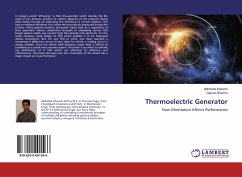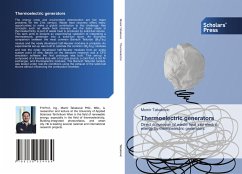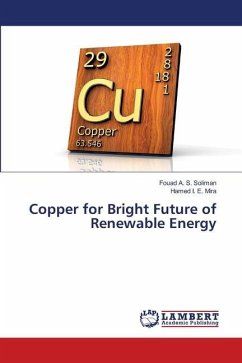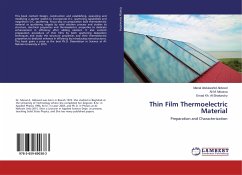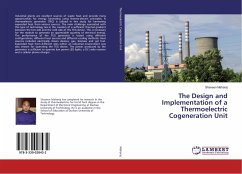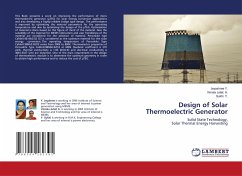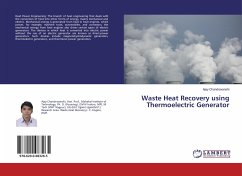In today's world "efficiency" is that characteristic which decides the life cycle of any process, product or system. Majority of the research taking place today focuses on improving the efficiency of current systems. One way to enhance efficiency is to utilize the by-products produced during the process. Many systems produce low-grade waste heat as a byproduct of their operation. Hence, researchers thought of employing various TEG based systems which can convert heat flux directly into electricity. It's the small, compact, sleek design of TEG which enables it to be employed almost everywhere. But, for any TEG to work, one must maintain a temperature difference across its two sides for which a cooling circuit is always needed. Since the device itself produces waste heat it affects its credibility as a waste heat recovery system. This work is an effort to identify the bottlenecks of a TEG which are affecting its efficiency and effectiveness. This book discusses how the orientation of the device has a major impact on its performance.
Bitte wählen Sie Ihr Anliegen aus.
Rechnungen
Retourenschein anfordern
Bestellstatus
Storno

